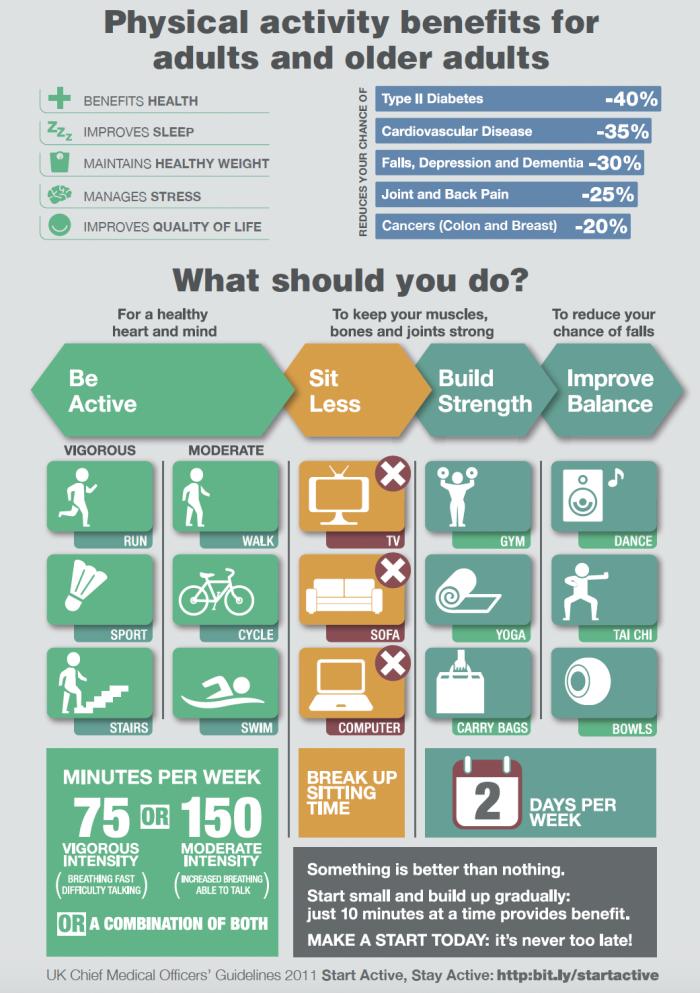Ankle Sprain
Dealing with an ankle sprain
For the first 1-3 days:
- Relative rest. You may need to take the weight off the injured ankle for a day or two. During this rest period, it’s advisable to try to move the foot and ankle little and often throughout the day.
- Elevating the ankle above the height of the body will allow swelling to drain away into the bloodstream.
- Using a compression bandage or strapping will help to get swelling down.
- Ice packs. This can help to temporarily numb pain. Apply an ice pack (or a bag of frozen vegetables wrapped in a tea towel) to the area for up to 10 minutes, 2-3 times per day.
Beyond the first 3 days…
Keeping active. Try to get back to your normal activities as soon as you can. If it’s too painful to do your normal sport or exercise then focus on what other forms of exercise you could do in the meantime, with the aim of gradually reintroducing your normal activity, in a gradual and progressive manner.
Examples of activities you could try in the meantime include going for a bike ride, lifting weights or an aqua-aerobics class. Feel free to try different types of exercise and activity. Be guided by what you enjoy and what you feel able to start.

Keeping active also means trying to continue, where you can, your normal daily activities including social, work-related and hobbies.
If you are local to Sheffield and you would like support to increase your physical activity, then you can:
- Self-refer to Move Well for personalised support and access to a wide range of physical activity opportunities, tailored to your specific needs and preferences.
- Find sport, leisure and activity groups in your local area.
- Visit our page on physical activity under the Wider health section of the website for further guidance and support to increase your activity.
Your lifestyle. A healthy body = a speedier recovery. Habits like eating a healthy varied diet, low in processed foods, regular activity, stopping smoking (if you currently smoke) and being a healthy weight can speed recovery. Making small improvements in lifestyle can significantly improve recovery. See the Wider Health section for more information about healthy living.
Heat or ice packs
- Heat packs. You may find that applying heat to the sore area helps relieve some of the pain. Use a microwaveable wheat bag or a hot water bottle wrapped in a towel. Keep it on for 15 – 20 minutes, checking your skin regularly to minimise the risk of suffering burn. Repeat 2-3 times per day. Do not place heat on a swollen body part.
- Ice packs. You can continue to use ice packs beyond the first 3 days, if they help to temporarily settle pain.
Pain relief. Pain medication may help to manage the pain, allowing you to keep mobile. Speak to a pharmacist or your GP for further advice.
Further Treatment
Physiotherapy
Not everyone needs to be seen by a physiotherapist. Some people get better on their own, usually when resting is brief, and normal use and activities are resumed. However, some people may need a more tailored programme if symptoms are not resolving and you are struggling to return to your normal activities.
The evidence has shown that the best first-line management of ankle sprains is physiotherapy. Physiotherapy should include active strategies such as targeted and individualised exercises.
Surgery
Surgery comes with risks and fortunately surgery is very rarely required. If symptoms do not settle on their own, the first line of treatment is physiotherapy as a comprehensive rehabilitation programme over a sufficient period of time will normally facilitate your recovery. Nonetheless, your health care professional can guide you with your treatment options.